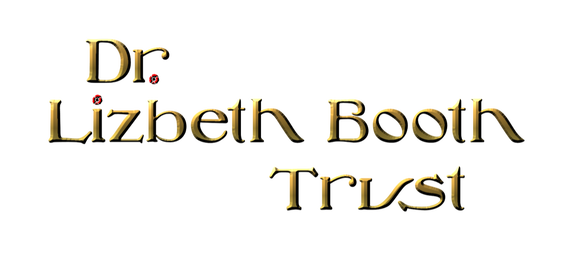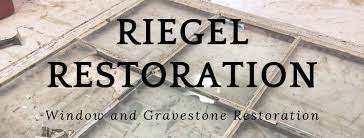|
Mrs. Warren, (formerly Mrs. Forsyth,) now residing on Ridge road, in Cambria, is daughter of Capt. Ganson. Few have seen more of pioneer life -– and that, principally, upon the Holland Purchase. She has obligingly given the author some interesting reminiscences of early times: - Soon after my father had come on west of the river, and opened a public house, other settlers began to come in. There was nothing on the road to Batavia, until Mr. Ellicott’s surveyors made their head quarters at Stafford. The Indians were frequent visitors at my father. I used to see them often, the chiefs, Hot Bread, Jack Berry, Red Jacket, and Little Beard. Sometimes the Indians were turbulent; they would become a terror to the new settlers. My father was a stout athletic man; had great influence over them; would quell them in their worst drunken frolics. ----Pioneer History of the Holland Purchase of Western New York, by O. Turner, 184 1806-7 Mary and John bought land in the western frontier after the loss of their first born child at one year of age. When they left for their new property they have another child one year of age and their third still in Mary’s womb. The second year of their abode Mrs. Forsyth laid one of her small children on the floor on an improvised bed to take its usual mid-day nap. As she went to look to its welfare what was her surprise and horror to see a large rattlesnake that had unceremoniously crawled in the open doorway and lay snugly coiled up on the quilt near the child. With a rare presence of mind she quietly stepped out, got an axe and returned and with a sure blow severed the head of the reptile from its body, thus saving the life of her child. Her and John Forsyth had four children when John died of unknown circumstances in the year 1812. He was only 31 years old. Mary buried him on a knoll behind their Tavern. A few weeks later President James Madison declared war against Great Britain. For more than a year Mary managed her tavern and farm with her four young children. Neighbors were yet scares in those day and the frontier was still rough and dangerous. She prevailed none the less. In December of 1813 the United States invaded Canada in a brutal and futile battle against the United Kingdom and their native allies. The retaliation that followed was thrice as brutal---- When Ezra returned to Mary, her children and her Tavern, he quickly wed her in July of 1813. Together they reared an additional seven children. In all she had twelve children in her long and lustrous life. They are as follows,
She herself passed away February 23rd in the year 1857 at seventy-one years, five months and twenty-five days of age. She was buried between her two husbands on the knoll behind her Tavern. 1812 THE FRONTIER FUGITIVES had such short notice of the attack of the English and Indians that they had left most of their possessions behind. In some cases the women tied their silver and other small treasures in bags and dropped them in the well or hid them in the nearby underbrush.
The best account of this tragedy was written by Orsamus Turner, Historian and editor of Lockport’s first newspaper. His account follows: “There was little warning, the Indians preceding the English soldiers swarmed out of the weeds and commenced an indiscriminate shooting down of the fleeing citizens plundering and burning their log homes. Six or seven men and boys were killed and scalped.” On that day of December 19, 1813, the Ridge road section of the Lewiston Trail presented some of the harshest features of war and invasion. The inhabitants on the frontier were retreating eastward, the Tuscarora Indians having a prominent position in the fight. There was a small arsenal west of Howell’s Creek were a few of the Tuscaroras and settlers stopped and drove the invaders back. At FORSYTH CORNERS they stopped long enough to decide whether to take the Ridge road to Gaines where there was arsenal, or the Lewiston Trail to Batavia where there was also an arsenal. The Majority took the Lewiston Trail. All kinds of vehicles were used in this motley throng fleeing from the torch and the tomahawk of an invading foe. THE TUSCARORA INDIANS effectually aided the flight of the citizens of Lewiston by firing at the Indians who were following them. Twice they made a stand against the foe. Their first stand was just before the invaders ascended the road to the Reservation. They gathered the whole nation, men, women and children on the escarpment above the ascending road. The men had all the guns, the women each with a round stick looking like a gun barrel from below and a horn for every boy and would join them. However she was determined to stay behind and take her and girl. It was a big bluff but it held up the invaders for some time. When the fugitives from the Niagara Frontier reached Warrens Corners they halted momentarily at the FORSYTH TAVERN (later Warrens Corners) expecting that WIDOW FORSYTH and her two children would join them. However she was determined to stay behind and take her chances of the raiders getting that far. As it happened she made a wise choice because in a matter of a few weeks Militia from Batavia established a garrison of some 500 soldiers near Dickersonville, and her tavern was chosen to prepare rations for the garrison. About the same time Sergeant EZRA WARREN and two privates were stationed there. As we have seen the British and Indians stopped at Church Street, west of Streeter’s Corners. However on or about July 5, 1814 the Barracks at Hardscrabble (later Dickersonville) were burned by the enemy. It is interesting to note that after the war, Sergeant Warren and MRS. FORSYTH were married and the tavern became WARREN’S TAVERN and as the area began to attract settlers it became known as WARRENS CORNERS.” 1813 INVASION BY BRITISH, INDIANS CAUSED AGONIZING HARDSHIPS ON NIAGARA FRONTIER. (Union Sun & Journal, Lockport, N.Y., Thursday, October 2, 1969, Page 12). By CLARENCE O. LEWIS Niagara County Historian
1 Comment
Lianne Todd
11/3/2019 07:57:27 pm
I love this vivid picture of pioneer life. It is especially interesting to me since I found out recently that my fifth great grandfather is Caleb Forsyth, another brother of this John Forsyth and the mentioned William Forsyth. Thanks for posting! :)
Reply
Leave a Reply. |
Details
FORSYTH-Warren Tavern MuseumRent the TavernCategories
All
|
ABOUT USVISITHISTORY & RESEARCHEDUCATIONCALENDAR OF EVENTSVENUE RENTALSUPPORTDONATE NOW |
CONTACT USForsyth - Warren Tavern
5182 Ridge Road Lockport, NY 14094 Annual Appeal Donate |


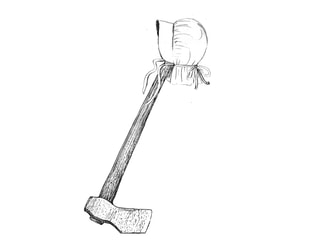
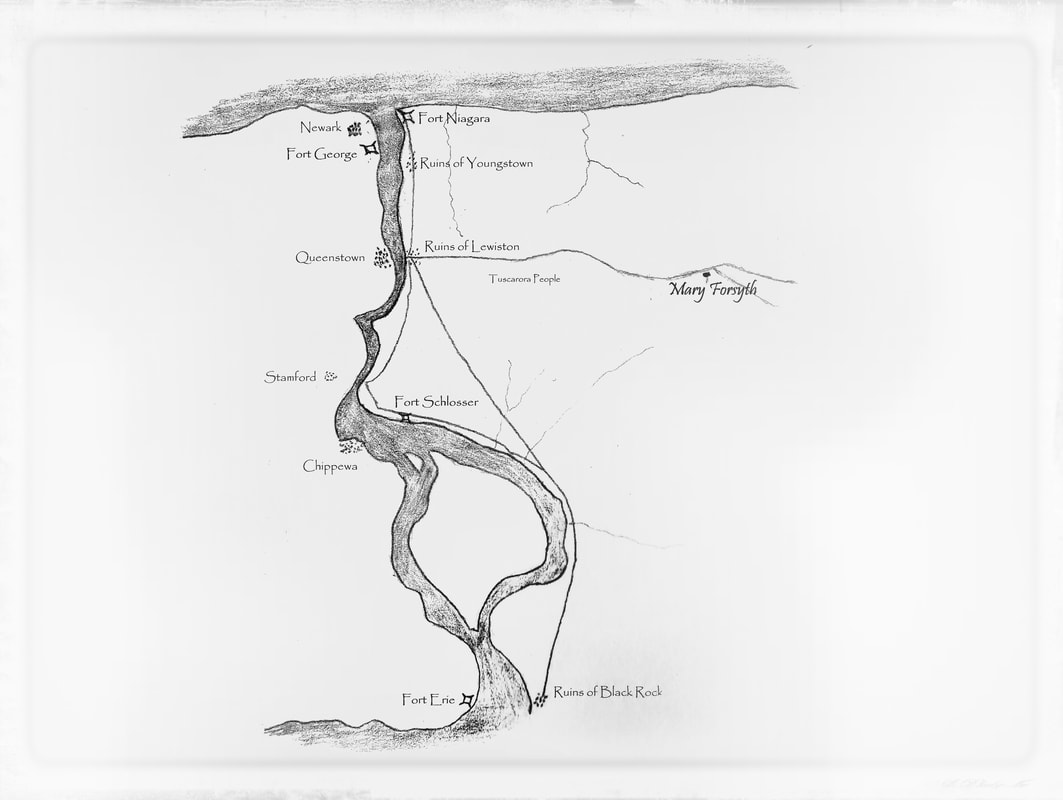
 RSS Feed
RSS Feed
